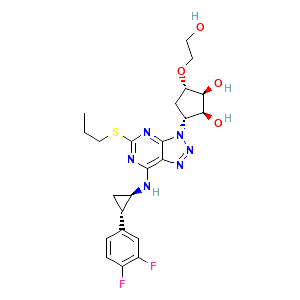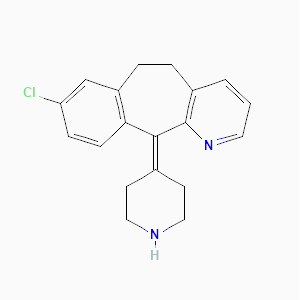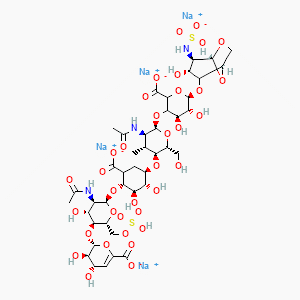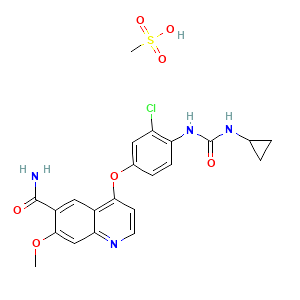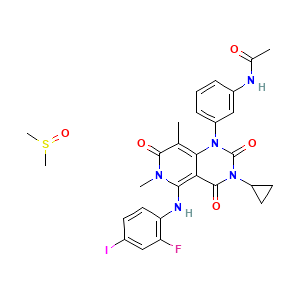Mechanism Of Action:
Ticagrelor exerts its pharmacological effects by binding to a specific site on the P2Y12 receptor, which is different from the ADP binding site. By reversibly binding to the ADP P2Y12 receptor, BRILINTA effectively inhibits the binding of ADP molecules. As a result, signal transduction and platelet activation, which can potentially contribute to the formation of pathological blood clots (thrombus), are prevented.
Indication:
Acute Coronary Syndrome or History of MI
When used together with aspirin, ticagrelor is indicated for reducing the risk of cardiovascular death, myocardial infarction (MI), and stroke in patients with acute coronary syndrome (ACS). This combination therapy has been shown to effectively lower the incidence of adverse cardiovascular events in this patient population.
Coronary Artery Disease but No Prior Stroke or MI
The medication is prescribed to decrease the risk of an initial myocardial infarction (MI) or stroke in individuals with established coronary artery disease (CAD) who are considered to be at high risk for such thrombotic cardiovascular events. Its use in this patient population has been demonstrated to effectively mitigate the occurrence of these adverse outcomes
Acute Ischemic Stroke or Transient Ischemic Attack
The medication is administered to minimize the risk of stroke in patients who have experienced an acute ischemic stroke with a National Institutes of Health Stroke Scale (NIHSS) score of 5 or less, or in those who have had a high-risk transient ischemic attack (TIA). By utilizing this treatment, the likelihood of subsequent stroke occurrences is effectively reduced in these individuals.

